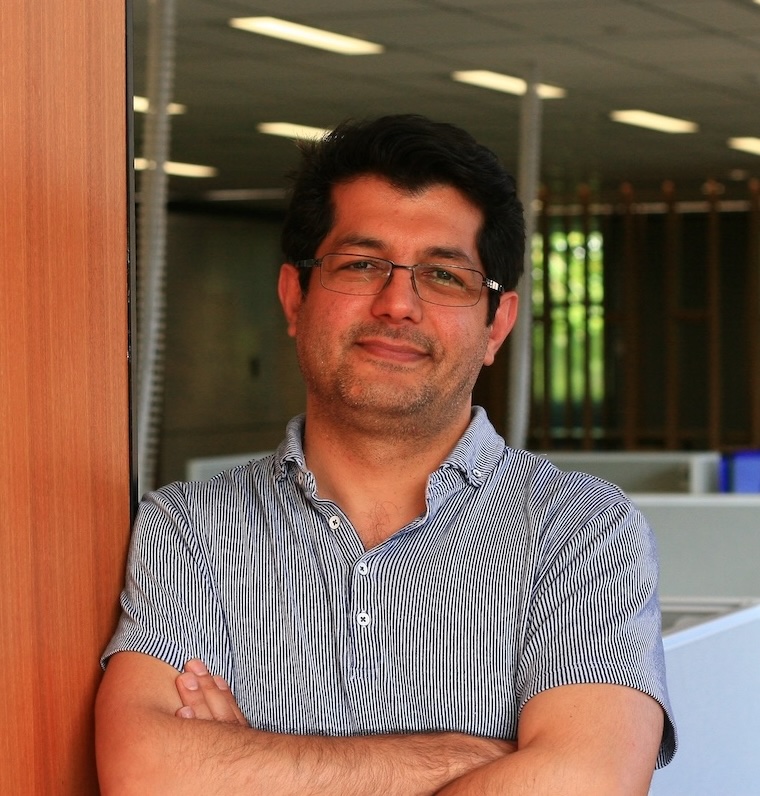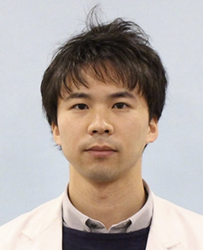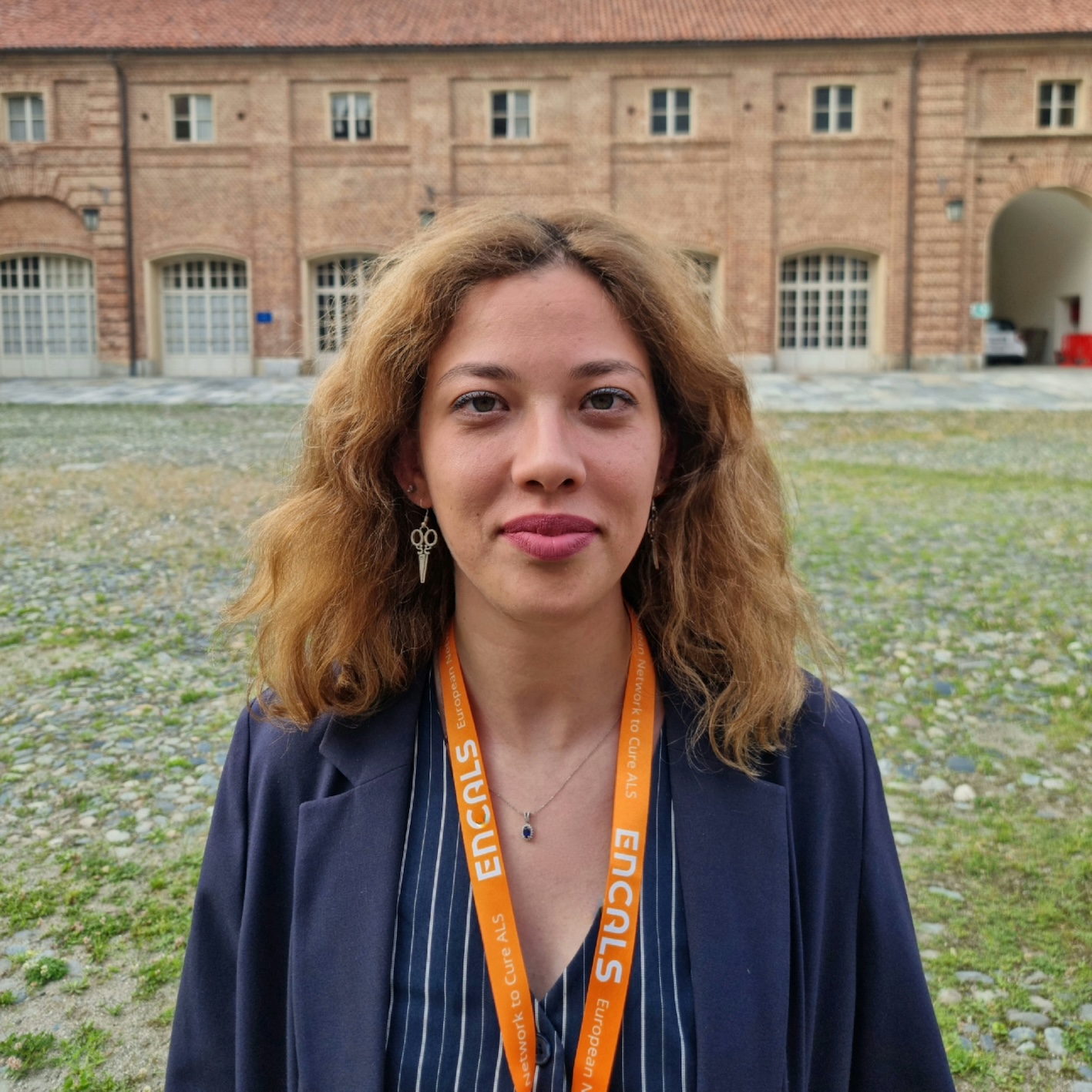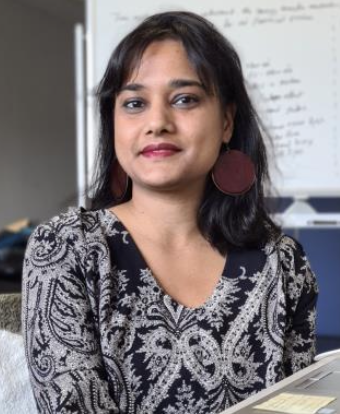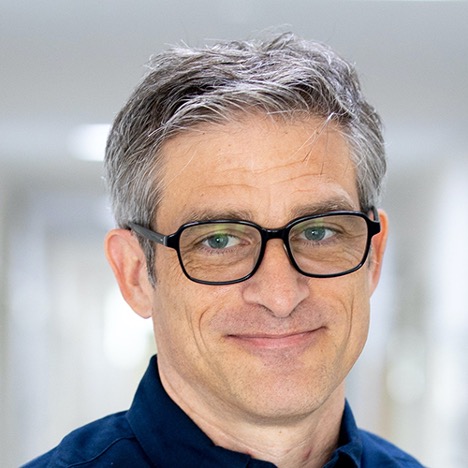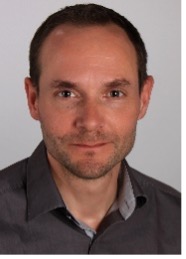“Enzymes: From Natural Diversity to Optimized Tools for Biomedical Applications – The Case of Antimicrobial Enzymes”
_
Date and Time
10:00 AM – 11:30 AM Wednesday, September 24th, 2025
Location
Onsite(SBRC building)
Speakers: Dr. Claire STINES-CHAUMEIL
Associate Professor
Paul Pascal Research Centre
University of Bordeaux, FRANCE
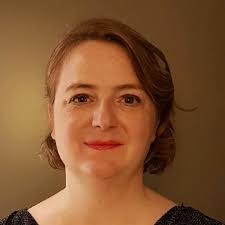
Abstract
Enzymes are protein catalysts that can accelerate reaction rates by up to 1021-fold without altering the thermodynamic equilibrium. They are ubiquitous in biochemical transformations and often exhibit remarkable selectivity, a property rarely achieved by artificial catalysts. Enzymes have broad applications across various industries, including agri-food, textiles, PET degradation, drug synthesis, and medicine.
My research focuses on understanding the structure-function relationship of enzymes and elucidating their mechanisms, particularly those relevant to biomedical and biotechnological applications. I then optimize natural catalysts through genetic and protein engineering to enhance their suitability for specific uses, such as glucose biosensors, catheters, immunosensors, and disinfection.
In my talk, I will focus on microbicidal enzymes naturally involved in human innate immunity. I will present the strategies used to identify key enzymes and characterize their biochemical and physicochemical properties. These enzymes have been optimized to exhibit ideal antimicrobial properties for biomedical applications, such as combating nosocomial infections.
